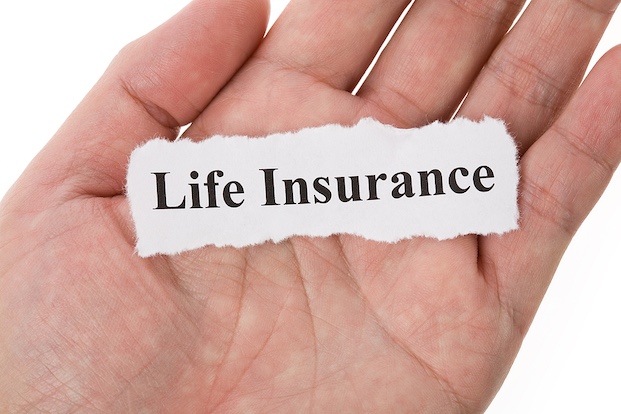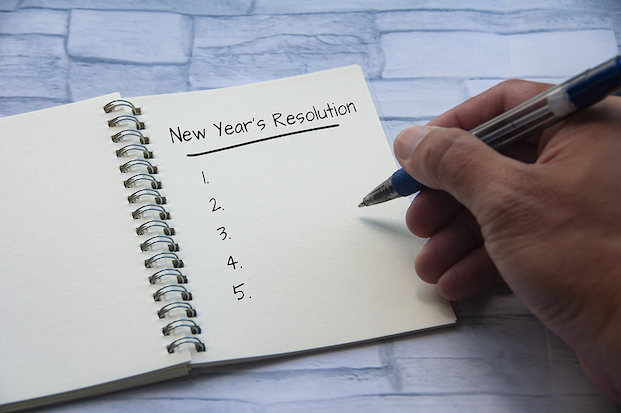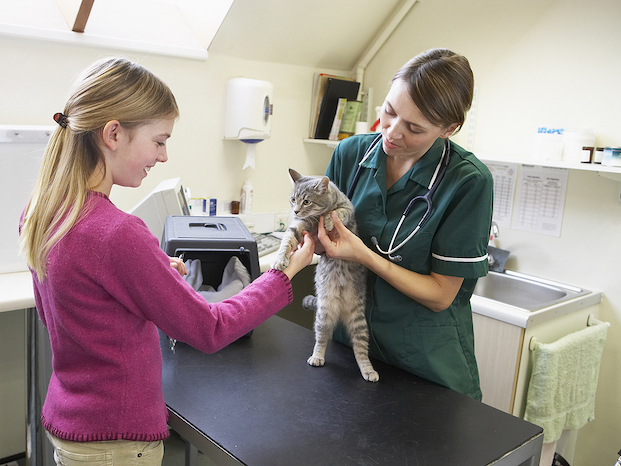The Best Auto Insurance Discounts for Maximum Savings
Discover the keys to maximum savings on auto insurance. Learn about top discounts, qualifying criteria, and tips for applying them effectively.

Before you can be a driver on the road, you have to have auto insurance. A good policy isn’t just a requirement, it’s also a safety net that can provide you with financial protection if you’re in an accident or a covered event occurs.
While auto insurance does come at a price, you can save on your auto insurance in many ways. Driver discounts are abundant and can help drivers save money every month or year on their auto insurance policy.
Educating yourself about those discounts and how to apply them can save you money on this necessary and important protection. Working with your insurance agent is critical.
Exploring the Top Auto Insurance Discounts
The top auto insurance discounts are so varied that nearly everyone can save money on their auto insurance in some way or another.
Good Driver Discount. Good driver discounts reward drivers for going for a period of time without having an accident or getting a ticket.
Affiliation Discount. Affiliation discounts provide discounts for people who belong to specific groups. For example, military and federal employees may be eligible for an affiliation discount.
Car Features Discount. Car feature discounts are provided for people who have vehicles that have desirable features like anti-theft devices and safety features. Some carriers even offer a discount on driving an electric vehicle.
Customer Loyalty Discount. There are various ways that insurance companies offer discounts to loyal customers, including discounts for multiple vehicles, bundling multiple insurance policies, and continuing to renew with the same insurance carrier.
Student Discount. Good students and students who leave their car at home to go away to college can enjoy a discount on their car insurance. Students can have the highest rates, so this is important and can be significant for parents and young people.
Payment Related Discount. Many insurance companies offer discounts for desirable payment habits, like opting for paperless billing, paying the entire premium upfront, and opting for automatic monthly payments.
Qualifying Criteria for the Best Auto Insurance Discounts
As you can see from the section above, there are many ways that you can qualify for auto insurance. However, some of the most basic ways can be easily divided into three groups:
- Drive safely. Having a clean driving record and driving safely to maintain that record is important. For some people, this comes naturally. For others, driving safely is less natural. If you can avoid car accidents and traffic tickets, your insurance company will reward you with a lower rate.
- Show loyalty. Show loyalty to your insurance company by using the same insurance company across multiple policies, and by renewing with that company many times.
- Pay well. Pay upfront and on time, preferably with automated payments.
Tips for Applying and Maximizing Auto Insurance Discounts
Getting as many discounts on your insurance policy as possible can save you a lot of money over a period of time. These tips can help:
Use an independent insurance agent. Independent insurance agents have access to many carriers and can help you compare policies to find the best value for the lowest cost.
Talk about various ways you may qualify. Your independent insurance agent may ask you about groups you’re affiliated with, whether you’re in school right now if you’d like to bundle various policies, and more. Work through these questions with your agent.
Call your insurance provider occasionally for updates. As your circumstances change, your insurance agent may be able to help you get more discounts on your auto insurance. Contact your insurance agent periodically to find out how rates have changed and if you qualify for any more discounts.
Comparing Insurance Providers for the Best Discounts
There are so many combinations of discounts, that it’s impossible to truly say which auto insurance provider offers the biggest, deepest cutting offers. What’s important to keep in mind is that insurance rates vary by carrier, so a policy from one carrier with a huge discount may still be more expensive than a less expensive policy without a discount.
In addition, it’s important to prioritize finding an insurance premium that meets your needs. An insurance policy that provides inadequate protection could be a waste of money and could also leave you high and dry when you need insurance the most. It’s your insurance provider’s job to help you find the policy that truly benefits you.
Have more questions? Contact your independent insurance agent today.











